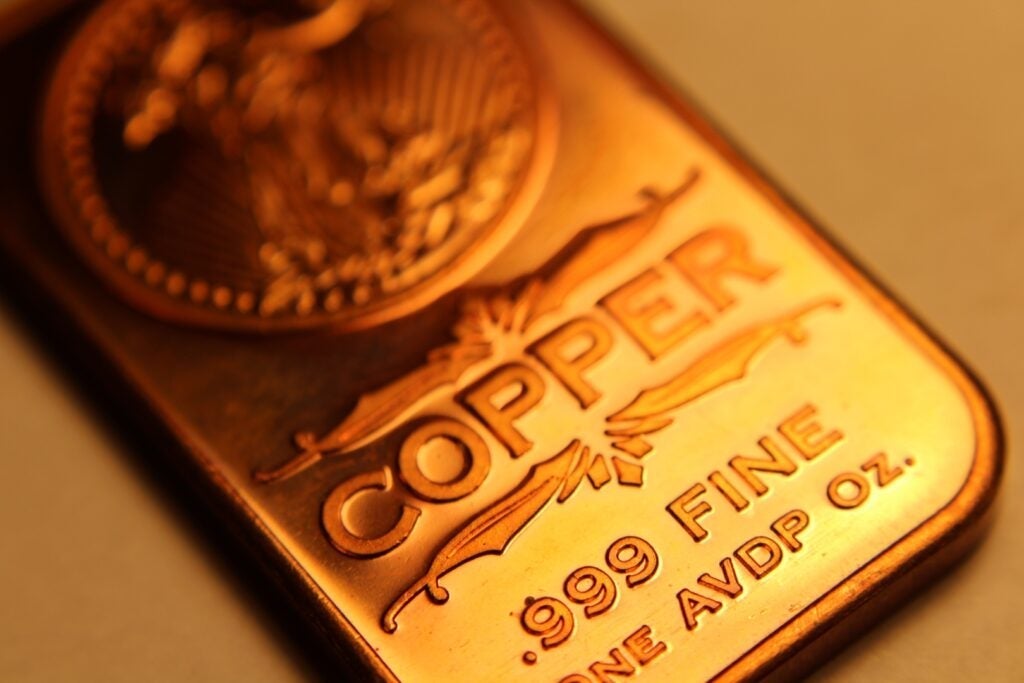
The White House announced that certain industrial and precious metals won’t incur additional reciprocal tariffs.
What Happened? President Donald Trump introduced reciprocal tariffs but exempted key metals, including steel, aluminum, gold, and copper. This move partially relieves domestic buyers already dealing with the 25% duties imposed on steel and 10% on aluminum under Section 232.
Spot gold rallied to a fresh high, touching $3,167, while copper futures sank 3.16% to $4.88 per pound as markets feared the orange metal tariffs would come sooner rather than later.
Nucor Corp. NUE, the largest U.S. steel producer, saw shares drop 2% in after-hours trading after closing the day at $123.03.
Why It Matters? Additional tariffs could have been a serious headwind for sectors relying heavily on metal imports. Recently, the Aluminum Association noted that Canada supplies nearly two-thirds of U.S. aluminum, with Mexico as the third-largest provider.
The Can Manufacturers Institute (CMI) warned about tariffs, clarifying that domestic production cannot meet the demand. Nine domestic mill production lines have closed since the 2018 tariffs, leaving only three operational facilities.
This market dynamic created a reliance on imports, which CMI argues will further drive up food and beverage packaging costs. Furthermore, they warned that artificially high prices could make American products less competitive globally.
However, the White House framed the tariffs as a strategic move to protect domestic industries, citing a 2024 study showing that Trump’s first-term tariffs “strengthened the U.S. economy” and spurred reshoring in manufacturing.
The Economic Policy Institute noted that Section 232 tariffs led to $15.7 billion in steel industry investments and 3,200 new jobs before the 2020 downturn.
“Following implementation of Sec. 232 in 2018, U.S. steel output, employment, capital investment, and financial performance all improved,” they stated.
The White House also provided a broader study by The Coalition for a Prosperous America. The study, published in July 2024, showed that a 10% universal tariff would generate $728 billion of economic growth and 2.8 million additional jobs.
Price Watch: Invesco DB Base Metals ETF DBB is up 0.69% year-to-date.
Photo via Shutterstock
Momentum47.84
Growth–
Quality–
Value–
Market News and Data brought to you by Benzinga APIs
© 2025 Benzinga.com. Benzinga does not provide investment advice. All rights reserved.